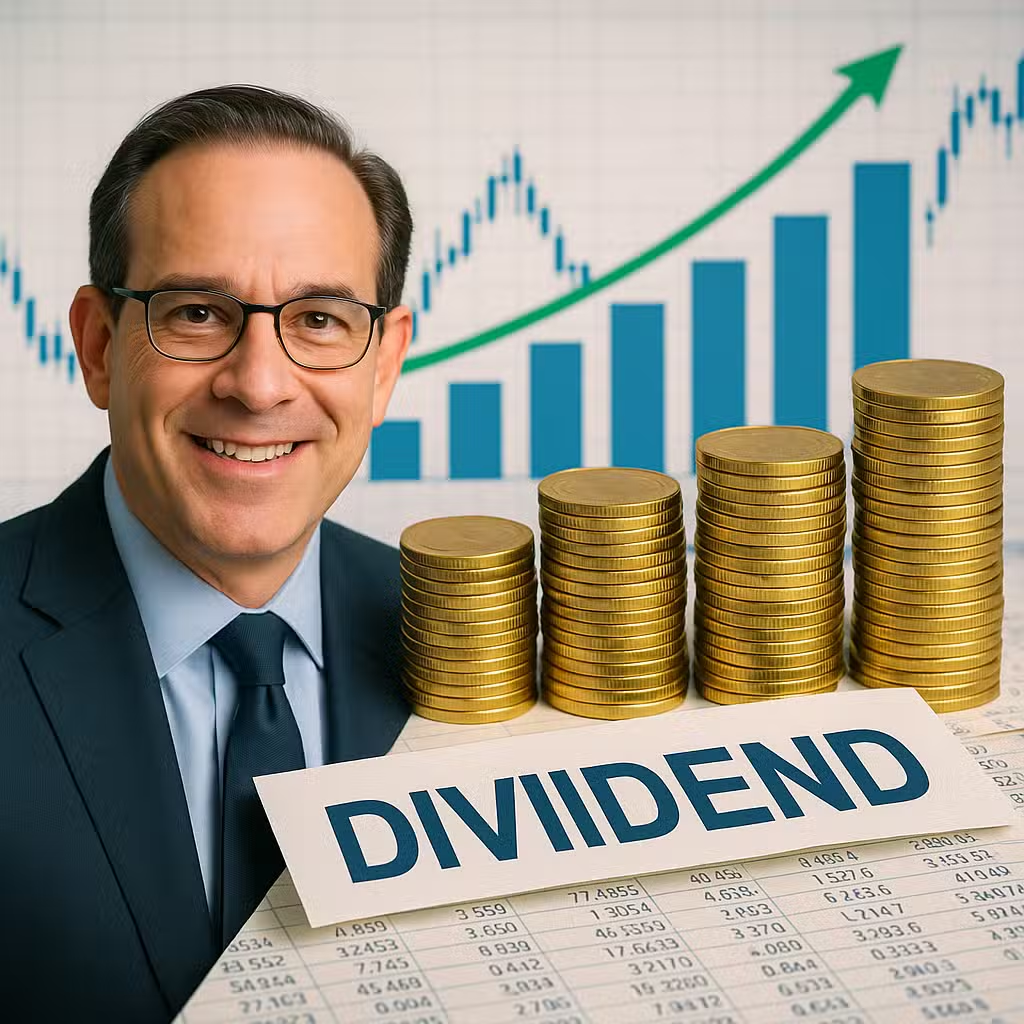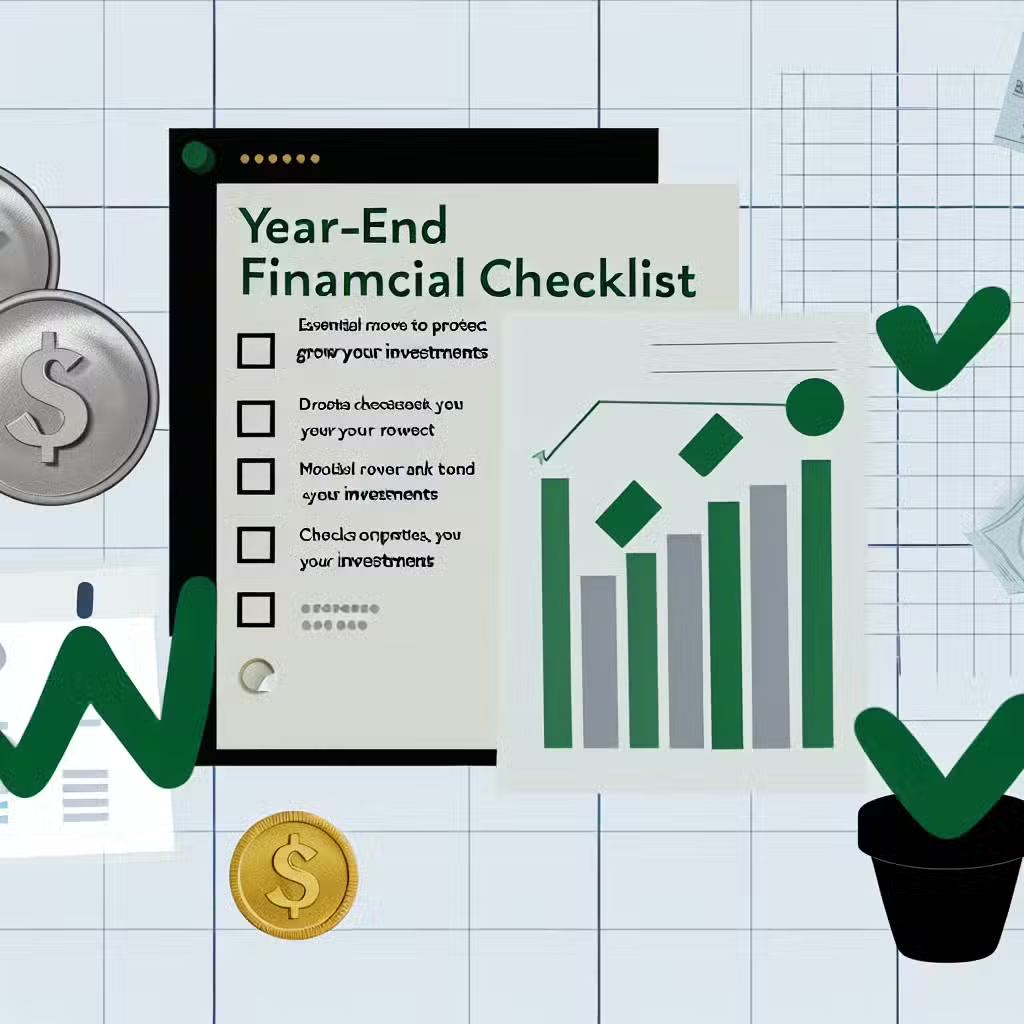ETFs Open Doors for Investors to Access Alternative Assets and Diversify Portfolios
Picking investments is a bit like choosing what to eat for lunch: you can stick with your favorite sandwich, or try something new and different. Lately, more people want to add “different” things to their investment plates — but is that a good idea?
What Are Alternative Investments?
Most people know about stocks, bonds, and cash. But there’s a whole world of “alternative investments” out there. These include things like real estate, gold, oil, private companies, and even cryptocurrencies like Bitcoin. They can be exciting, but they also come with extra risks and can be tricky to understand.
Why Investors Care
Many investors are looking for new ways to grow their money. This year, people have put over $1 trillion into U.S. exchange-traded funds (ETFs), according to State Street Investment Management. A lot of that money is heading into ETFs that invest in gold or crypto, which are types of alternative assets.
Younger investors, especially, are less excited about the usual stocks and bonds. Some experts call this “financial nihilism,” meaning people don’t trust the old ways to build wealth. In a recent Charles Schwab survey, two out of three Americans said you need more than just stocks and bonds to succeed. Almost half said they’re interested in owning alternatives like private equity or real estate partnerships.
New rules are also making it easier for regular people to invest in these alternative products, even in their retirement plans.
Bull Case: Why Try Alternatives?
- Diversification: Adding different types of investments can help protect your portfolio if the stock market drops.
- New Opportunities: Some alternative assets, like real estate or private companies, can offer big rewards if you pick the right ones.
- Access Through ETFs: Exchange-traded funds make it easier to invest in alternatives without needing a lot of money or special knowledge.
Bear Case: What Are the Risks?
- Complexity: Alternatives can be hard to understand and might not be easy to sell quickly if you need cash.
- Lockups: Some investments, like private equity, make you keep your money locked up for years.
- Unpredictable Returns: These assets can swing wildly in value, especially things like crypto.
- Long-Term Proof: History shows that “boring” investing — just putting money in a basket of stocks — works really well over time. For example, $1,000 invested in the S&P 500 in 1970 would be worth over $379,000 today, according to Morningstar Direct.
How Much Should You Invest in Alternatives?
Experts suggest being careful: if you have a big portfolio, keep alternatives to 10–15% at most. If your savings are smaller, go even lower — less than 5%. For big life goals like buying a house or retiring, traditional stocks and bonds are usually safer.
Vanguard’s Andy Reed says chasing the latest investment fads can hurt your returns. Sometimes, sticking with the tried-and-true is the best move.
Investor Takeaway
- Consider adding a small slice of alternatives for variety, but keep most of your money in stocks and bonds.
- Use ETFs to get easy, lower-risk access to alternatives like gold or real estate.
- Don’t invest money you’ll need soon in alternatives — some are hard to sell quickly.
- Remember, “boring” investing in the stock market has a strong track record for building wealth over time.
- Stay informed about new rules and products, but don’t let hype drive your decisions.
For the full original report, see CNBC







